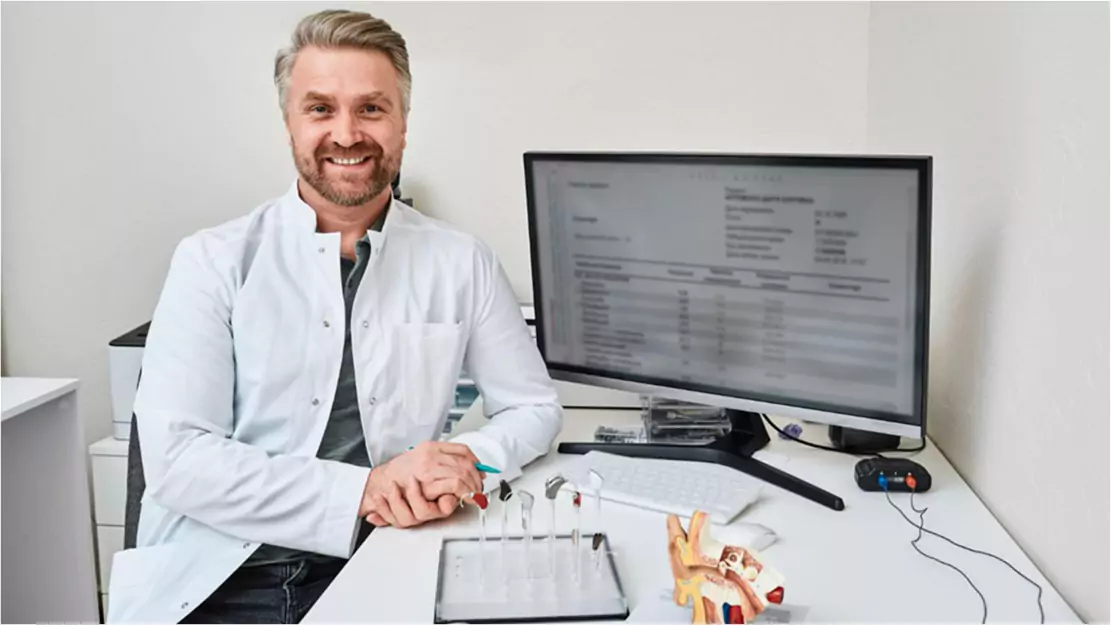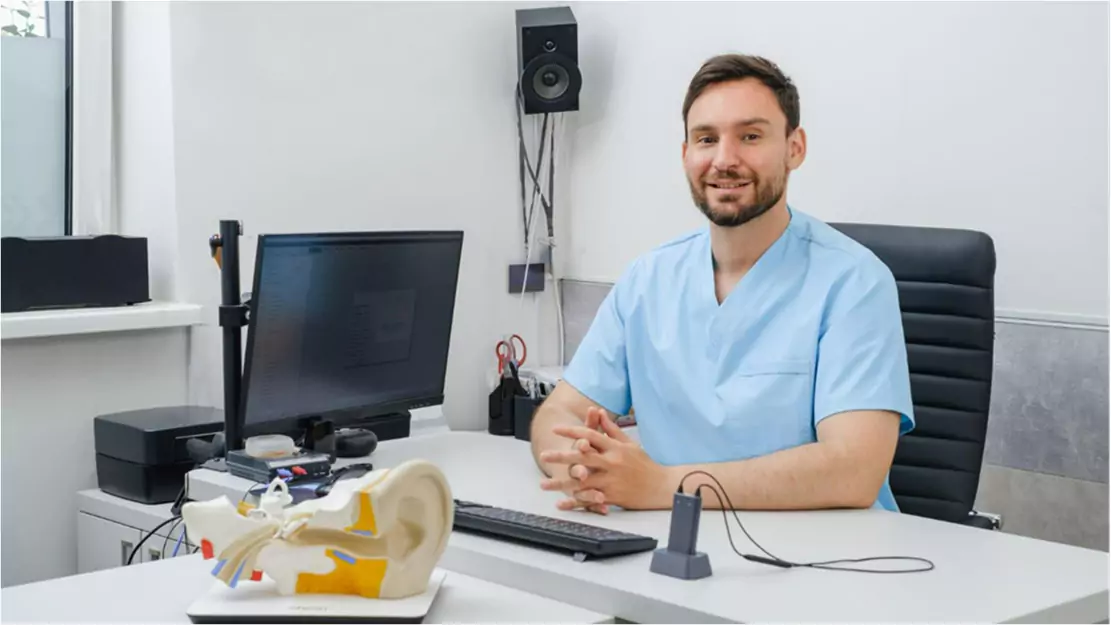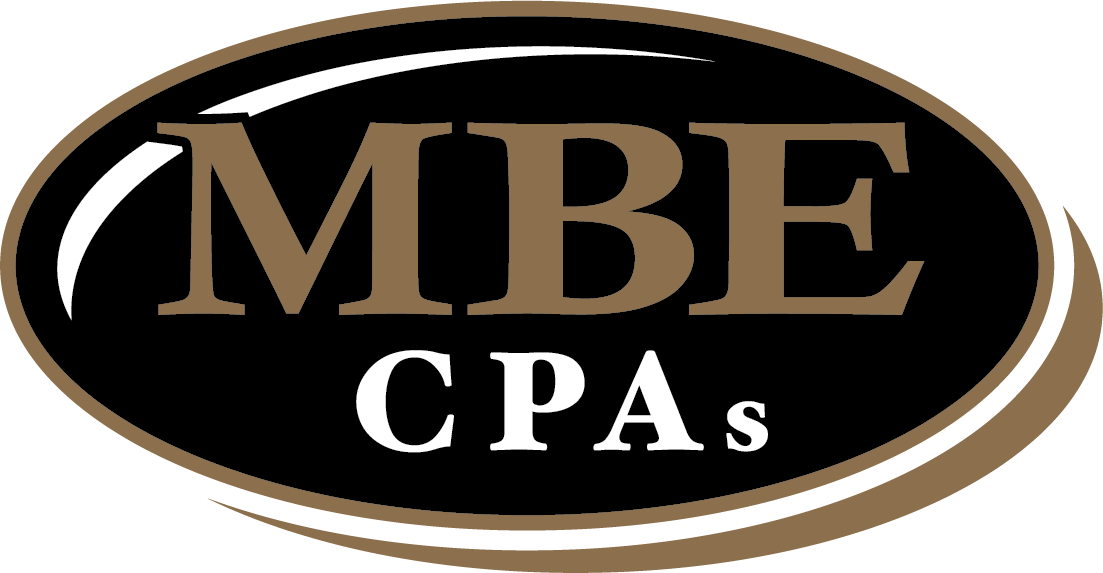Should I Get Out of Patient Care?

Authored by: Frank Vinopal — Partner, CPA | Date Published: September 2, 2025
Featured Topics:
For many audiology practice owners, the heart of your work lies in direct patient care. Your dedication to improving lives through better hearing is often the driving force behind establishing a private audiology practice. It’s a meaningful endeavor that brings deep fulfillment and reflects your dedication to the field. You’ve built your practice on the foundation of helping people, one patient at a time, and the personal connections created are often what fuel your daily drive.
However, as your practice matures, a critical question arises: Is continuing direct patient care always the best strategy for long-term health and sustainable growth of your audiology business? While the immediate answer might seem counterintuitive to your clinical roots, a shift away from a full patient load can open significant opportunities for scalability, profitability, and personal well-being.
Should Audiologists Reduce Patient Load to Focus on Business Management?
Transitioning away from a full patient load isn’t about abandoning your passion; it’s about reallocating your most valuable resource —your time —to areas that will yield greater returns for your practice. This move can significantly impact your audiology cost structure and overall profitability.
Business Management Focus
If you’re deeply immersed in patient care day in and day out, you likely don’t have much time left for running the business. Operating a successful audiology practice demands significant time for planning, marketing, financial management, staff development, and improving operational efficiency. These aren’t just administrative tasks; they are the critical activities that drive sustainable growth, increase profitability, and secure the future of your practice.
While it may seem difficult to imagine transitioning patient care to someone else, that transition is much easier to implement than delegating the above tasks. Unfortunately, it is hard to hire or train someone to do these tasks, as they will not have the passion and drive to complete them like an owner will.
Building a Scalable Practice
A practice that depends solely on the owner’s patient load is inherently limited. It’s challenging to grow, and even more difficult to sell, if its success is tied to one individual. By gradually stepping back from direct patient care, you build a more sturdy, independent practice that can operate successfully without your constant clinical presence. This scalability is a key indicator of a truly successful business and a crucial factor for anyone considering purchasing an audiology practice. For more insights on industry benchmarks, consider exploring resources from organizations like the American Academy of Audiology.
Increased Practice Value
As we’ve discussed before, a practice with established providers and well-documented systems is significantly more attractive to potential buyers. When you’re not the sole revenue generator, your business demonstrates its inherent value and resilience. This translates directly into a higher sale price when you’re ready to exit.
Avoiding Burnout
Juggling extensive clinical duties with the demanding responsibilities of business ownership can quickly lead to fatigue and burnout. Stepping back from direct patient care frees up vital mental and physical energy, allowing you to focus on the bigger picture and enjoy a healthier work-life balance. This also aligns with the principles often discussed in the ASHA private practice resources regarding sustainable business models.
Preparing for the Future
Perhaps you have a highly successful practice, but retirement is still years away. A gradual transition away from patient care allows you to meticulously build the right team and implement durable systems. This foresight ensures your practice is strong, sustainable, and ready for a seamless transition when the time comes, whether for sale or for continued growth under new leadership.
How to Transition Effectively

Making this shift isn’t an overnight process; it requires thoughtful planning and execution.
- Hire and Train Additional Providers: Invest in talented audiologists and other providers who can gradually take on your patient load.
- Delegate Patient Care Gradually: Don’t cut ties abruptly. Slowly reduce your clinical hours as your new team members take on more responsibility.
- Focus on Business Development: Reallocate your freed-up time to growth initiatives, marketing campaigns, and enhancing your practice’s brand. Our profit coaching program can help you identify and capitalize on these growth opportunities.
- Implement Strong Operational Procedures: Document everything. Standardize workflows, administrative processes, and patient care protocols to ensure consistency and efficiency, regardless of who is providing the service.
Final Thoughts
While your passion for direct patient care is undoubtedly a powerful foundation for your audiology practice, strategically reducing your clinical duties can empower you as an owner to build something even greater. It allows you to cultivate a stronger, more valuable, and more sustainable audiology practice, ultimately enabling you to benefit even more patients through a well-run, thriving organization. It’s about shifting from being the sole engine to becoming the architect and conductor of a powerful orchestra.
Are you ready to explore how a shift in focus can transform your audiology practice?
